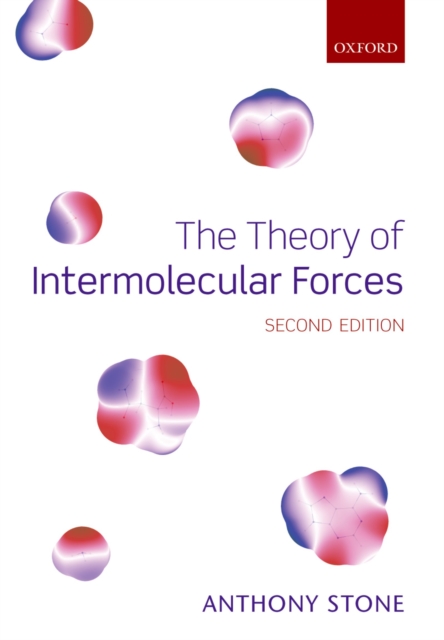
The Theory of Intermolecular Forces PDF
by Anthony Stone
Description
The theory of intermolecular forces has advanced very greatly in recent years.
It has become possible to carry out accurate calculations of intermolecular forces for molecules of useful size, and to apply the results to important practical applications such as understanding protein structure and function, and predicting the structures of molecular crystals.
The Theory of Intermolecular Forces sets out the mathematical techniques that are needed to describeand calculate intermolecular interactions and to handle the more elaborate mathematical models.
It describes the methods that are used to calculate them, including recent developments in the use of density functional theory and symmetry-adapted perturbation theory.
The use of higher-rank multipole moments todescribe electrostatic interactions is explained in both Cartesian and spherical tensor formalism, and methods that avoid the multipole expansion are also discussed.
Modern ab initio perturbation theory methods for the calculation of intermolecular interactions are discussed in detail, and methods for calculating properties of molecular clusters and condensed matter for comparison with experiment are surveyed.
Information
-
Download - Immediately Available
- Format:PDF
- Publisher:OUP Oxford
- Publication Date:01/02/2013
- Category:
- ISBN:9780191652950
Information
-
Download - Immediately Available
- Format:PDF
- Publisher:OUP Oxford
- Publication Date:01/02/2013
- Category:
- ISBN:9780191652950






